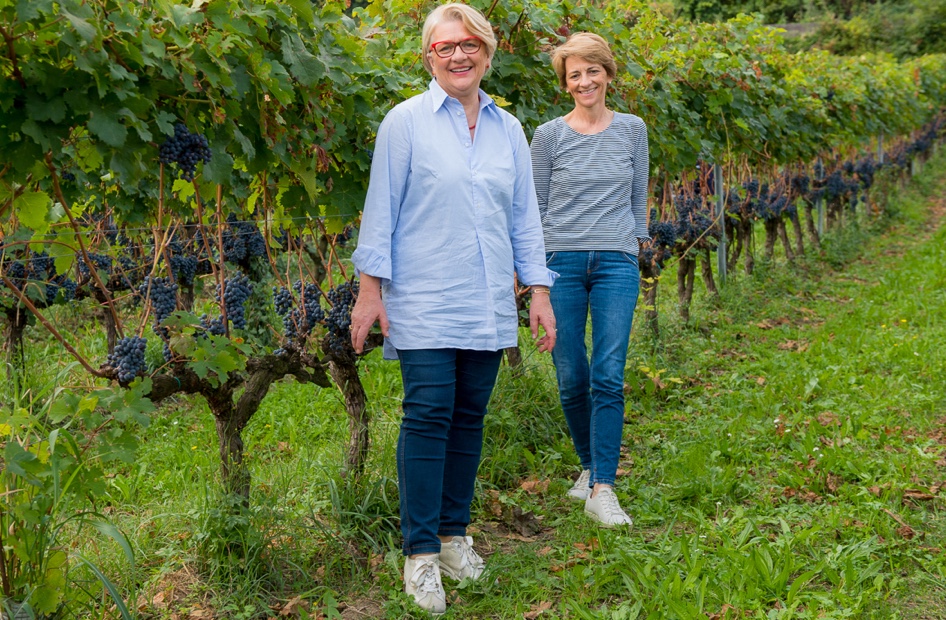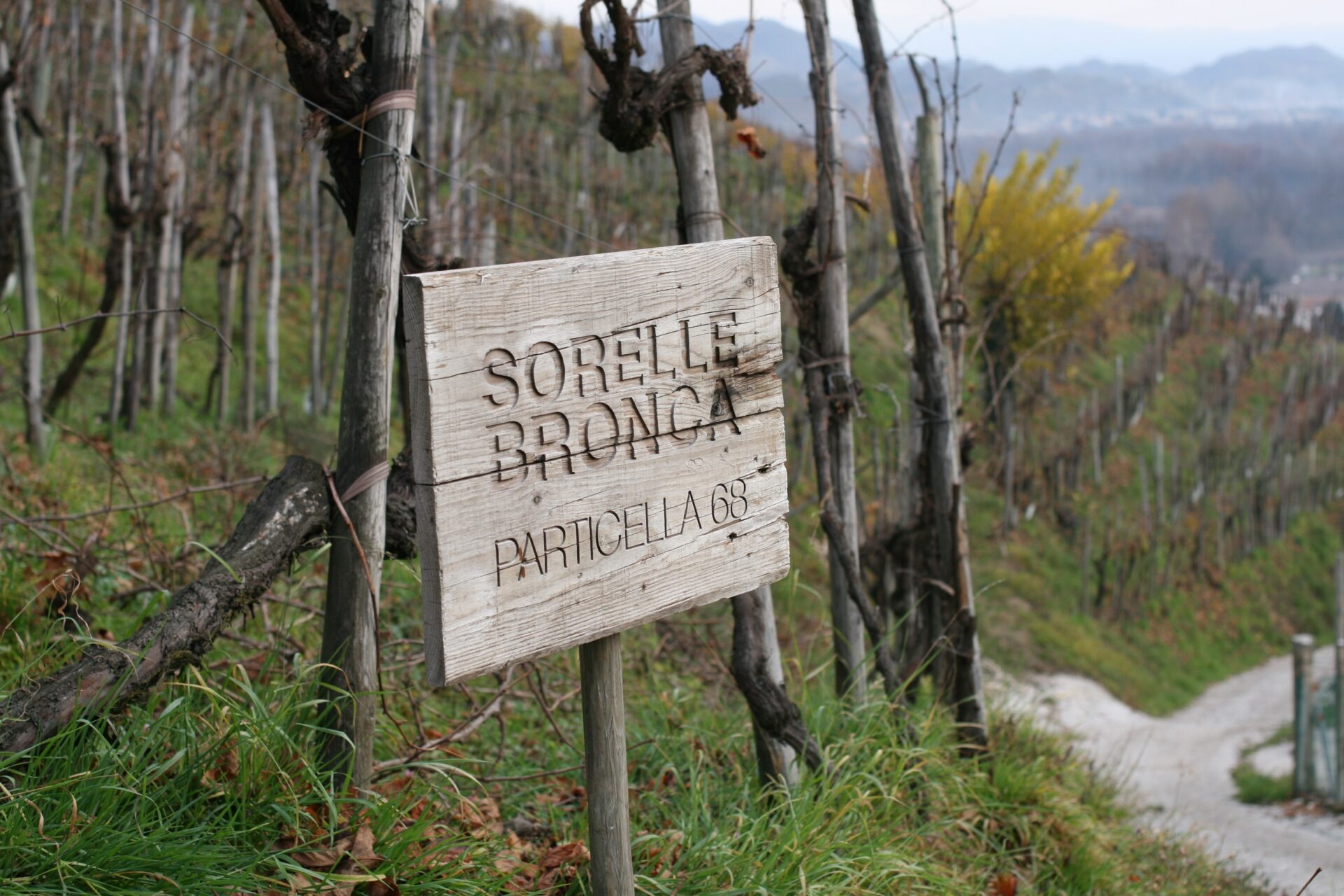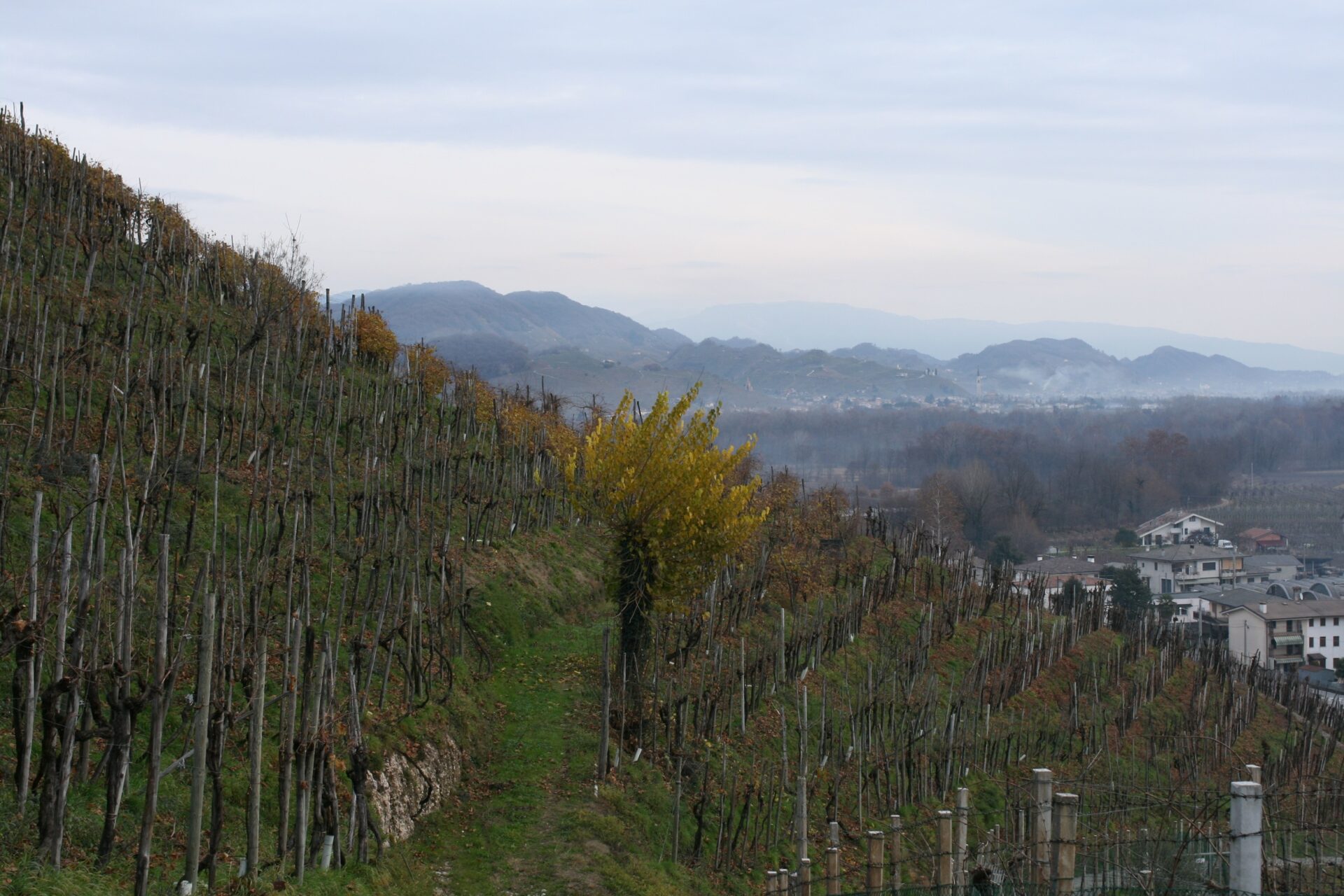NV Sorelle Bronca Particella 181 Brut Valdobbiadene Prosecco Superiore DOCG
This is one of the best Italian sparkling wines I’ve had, and by far the best Prosecco. Sorelle Bronca’s wines changed our idea of what everyday Prosecco could be ages ago, but the new Particella 181 is on another level, it’s in a league of its own.
Organic farming practices, hand-harvested, & woman-winemaker.
- Tasting Notes green apple, lemon zest, key lime pie, honeysuckle, persistant minerality
- Variety Glera
- Region Italy, Veneto
- Volume 750ml
- Alcohol Volume 11%
- Table Talk Pliny the Elder was one of the first people to write about the existence of Prosecco. It was not only his favorite wine, but he believed it to have healing properties, specifically anti-aging.
$35.00
Out of stock
Sisters Antonella and Ersiliana Bronca grow their own fruit on the steep hillsides of Conegliano and Valdobbiadene, north-west of Venice. These are the best hillsides for growing the Prosecco grape and the sisters control the entire process themselves. Low yields and hillside-grown fruit ensure that the wine has good concentration and acidity. They have steered their estate along the path of quality since they took the reigns from their father. They are joined by Antonella’s husband Pietro, who is also a winemaker, and Ersiliana’s daughter Elisa, who has recently graduated with a degree in enology. The Bronca family team works hard to produce the purest Prosecco out there by having keen attention to detail.
What makes this wine so interesting? The vineyard, first of all; the soil is a reddish iron-tinged stony marl, the slope is steep; the farming is all by hand, with no use of herbicides; and the grapes are hand-harvested. Then the grapes are pressed, the juice is settled out, and the fermentation takes place in special reinforced tanks that can withstand the pressure of the fermentation, going directly from juice to sparkling wine in one step. (Most Prosecco is made in two fermentations, first from juice to white wine, then from wine to sparkling wine.) The result is kept in this tank on the fine lees for about six months, picking up texture and flavor, then bottled.









